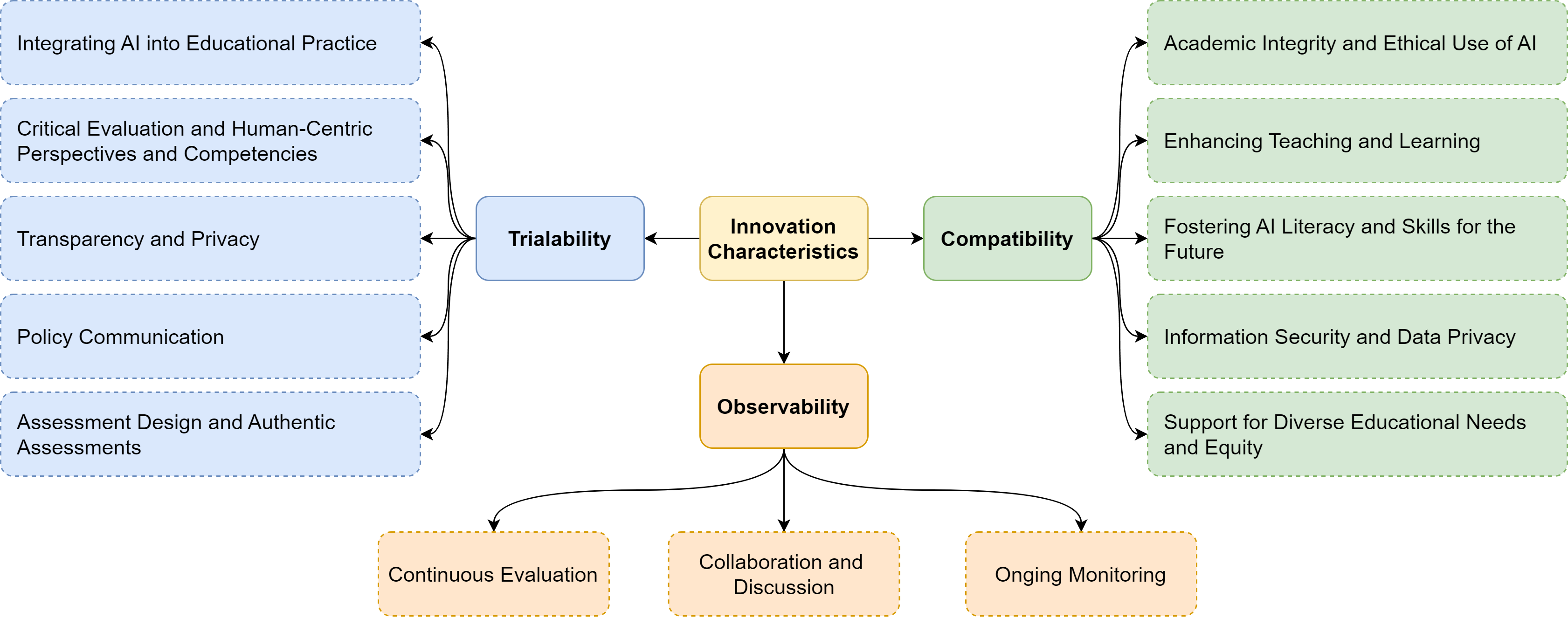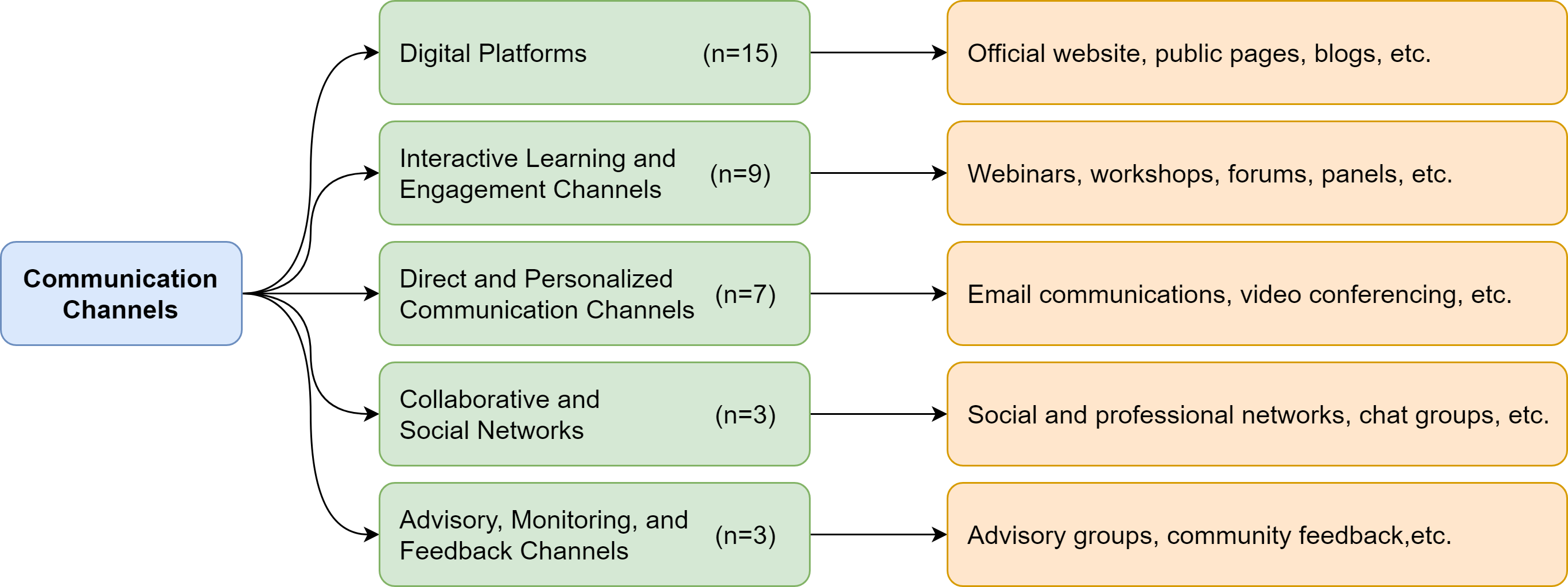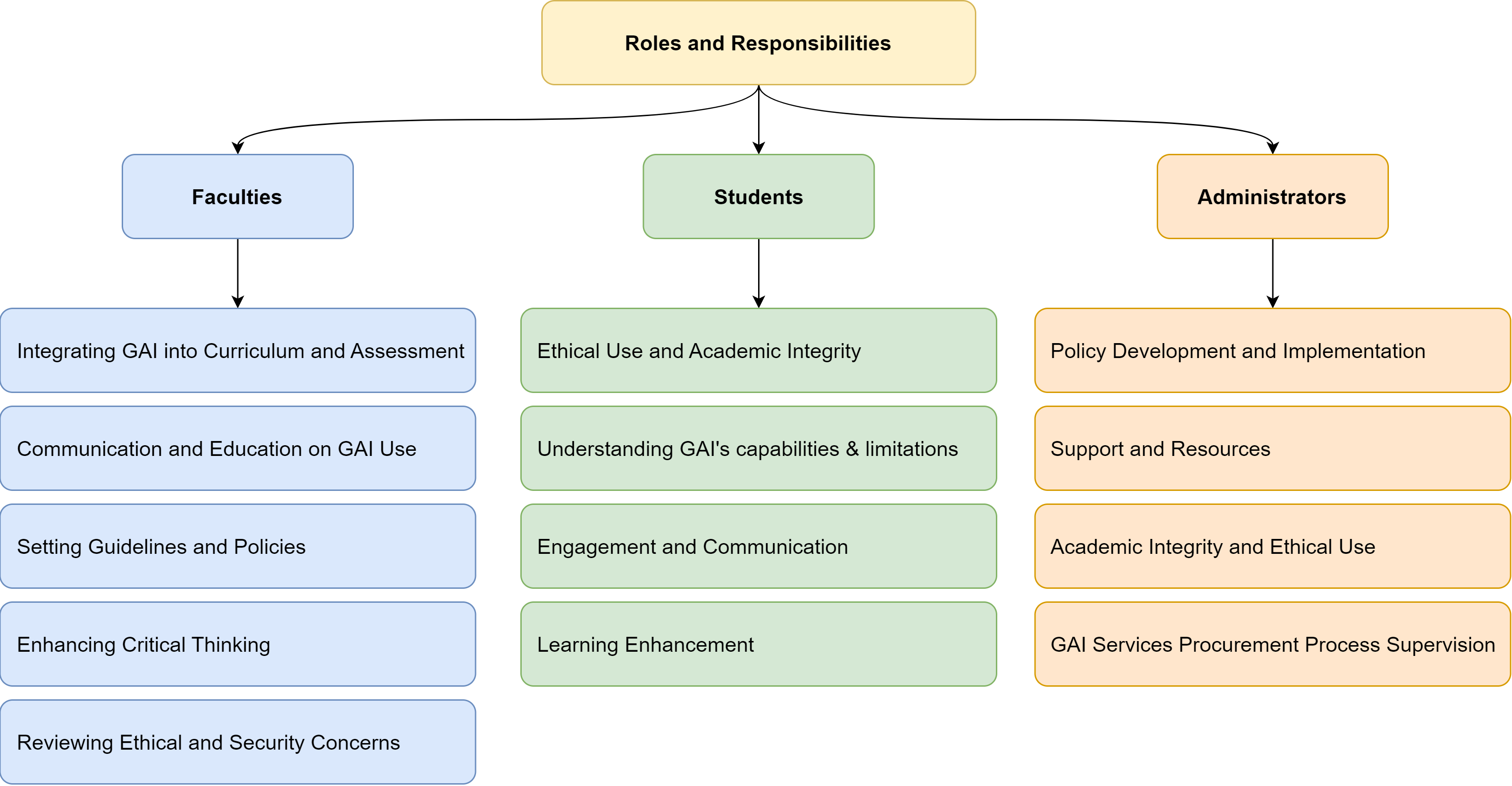Generative AI in Higher Education: A Global Perspective of Institutional Adoption Policies and Guidelines (2405.11800v1)
Abstract: Integrating generative AI (GAI) into higher education is crucial for preparing a future generation of GAI-literate students. Yet a thorough understanding of the global institutional adoption policy remains absent, with most of the prior studies focused on the Global North and the promises and challenges of GAI, lacking a theoretical lens. This study utilizes the Diffusion of Innovations Theory to examine GAI adoption strategies in higher education across 40 universities from six global regions. It explores the characteristics of GAI innovation, including compatibility, trialability, and observability, and analyses the communication channels and roles and responsibilities outlined in university policies and guidelines. The findings reveal a proactive approach by universities towards GAI integration, emphasizing academic integrity, teaching and learning enhancement, and equity. Despite a cautious yet optimistic stance, a comprehensive policy framework is needed to evaluate the impacts of GAI integration and establish effective communication strategies that foster broader stakeholder engagement. The study highlights the importance of clear roles and responsibilities among faculty, students, and administrators for successful GAI integration, supporting a collaborative model for navigating the complexities of GAI in education. This study contributes insights for policymakers in crafting detailed strategies for its integration.
- Reflecting on reflexive thematic analysis. Qualitative research in sport, exercise and health 11, 589–597.
- One size fits all? what counts as quality practice in (reflexive) thematic analysis? Qualitative research in psychology 18, 328–352.
- Examining the use of chatgpt in public universities in hong kong: a case study of restricted access areas. Discov. educ. 3, 1–10.
- The impact of generative ai (genai) on practices, policies and research direction in education: a case of chatgpt and midjourney. Interactive Learning Environments , 1–17.
- Can large language models provide feedback to students? a case study on chatgpt, in: 2023 IEEE International Conference on Advanced Learning Technologies (ICALT), IEEE. pp. 323–325.
- Impact of ai assistance on student agency. Computers & Education , 104967.
- Using rogers’ diffusion of innovation theory to conceptualize the mobile-learning adoption process in teacher education in the covid-19 era. Education and information technologies 27, 12811–12838.
- How do we start? an approach to learning analytics adoption in higher education. The International Journal of Information and Learning Technology 36, 342–353.
- Analyzing the role of stakeholders in the adoption of technology integration solutions in uk local government: An exploratory study. Government Information Quarterly 28, 200–210.
- Chatgpt for good? on opportunities and challenges of large language models for education. Learning and individual differences 103, 102274.
- What is the best way to achieve broader reach of improved practices in higher education? Innovative higher education 36, 235–247.
- Exploring factors that influence adoption of e-learning within higher education. British Journal of Educational Technology 46, 1272–1280.
- Can large language models write reflectively. Computers and Education: Artificial Intelligence 4, 100140.
- Enhancing cardiac arrest education: Exploring the potential use of midjourney. Resuscitation 189.
- Generative artificial intelligence in higher education: Evidence from an analysis of institutional policies and guidelines. arXiv preprint arXiv:2402.01659 .
- Interrater reliability: the kappa statistic. Biochemia medica 22, 276–282.
- Guidance for generative ai in education and research. https://unesdoc.unesco.org/ark:/48223/pf0000386693. Accessed on 5 February 2024.
- Linked to innovation: Shaping an innovative climate through network intentionality and educators’ social network position. Journal of educational change 15, 99–123.
- Generative ai tools and assessment: Guidelines of the world’s top-ranking universities. Computers and Education Open 5, 100151.
- On the two different aspects of the representative method: the method of stratified sampling and the method of purposive selection, in: Breakthroughs in Statistics: Methodology and Distribution. Springer, pp. 123–150.
- Readiness, roles, and responsibilities of stakeholders for sustainable mobile learning adoption in higher education. Education Sciences 10, 49.
- Application of innovation diffusion theory to the e-learning process: higher education context. Education and Information Technologies 26, 421–440.
- Emerging research and policy themes on academic integrity in the age of chat gpt and generative ai. Asian Journal of University Education 19, 743–758.
- Applications of learning analytics in latin america.
- Diffusion of innovations, in: An integrated approach to communication theory and research. Routledge, pp. 432–448.
- Chatgpt: Bullshit spewer or the end of traditional assessments in higher education? JALT 6.
- Digital divide among higher education faculty. International Journal of Educational Technology in Higher Education 17, 1–16.
- Chatgpt in higher education: Considerations for academic integrity and student learning. JALT 6, 1–10.
- Assessment in the age of artificial intelligence. Computers and Education: Artificial Intelligence 3, 100075.
- Learning analytics in higher education—challenges and policies: a review of eight learning analytics policies, in: Proceedings of the seventh international learning analytics & knowledge conference, pp. 233–242.
- Sheila policy framework: informing institutional strategies and policy processes of learning analytics, in: Proceedings of the 8th international conference on learning analytics and knowledge, pp. 320–329.
- Using artificial intelligence in craft education: crafting with text-to-image generative models. Digital Creativity 34, 1–21.
- Seeing chatgpt through universities’ policies, resources and guidelines. arXiv preprint arXiv:2312.05235 .
- Integrating models of diffusion of innovations: A conceptual framework. Annual review of sociology 28, 297–326.
- Loose-lipped large language models spill your secrets: The privacy implications of large language models. Harv. J.L. & Tech 36.
- Waiting, banning, and embracing: An empirical analysis of adapting policies for generative ai in higher education. arXiv:2305.18617.
- Generative artificial intelligence in learning analytics: Contextualising opportunities and challenges through the learning analytics cycle, in: LAK24: 14th international learning analytics and knowledge conference, pp. 101--111.
- Practical and ethical challenges of large language models in education: A systematic scoping review. British Journal of Educational Technology 55, 90--112.
Paper Prompts
Sign up for free to create and run prompts on this paper using GPT-5.
Top Community Prompts
Collections
Sign up for free to add this paper to one or more collections.


